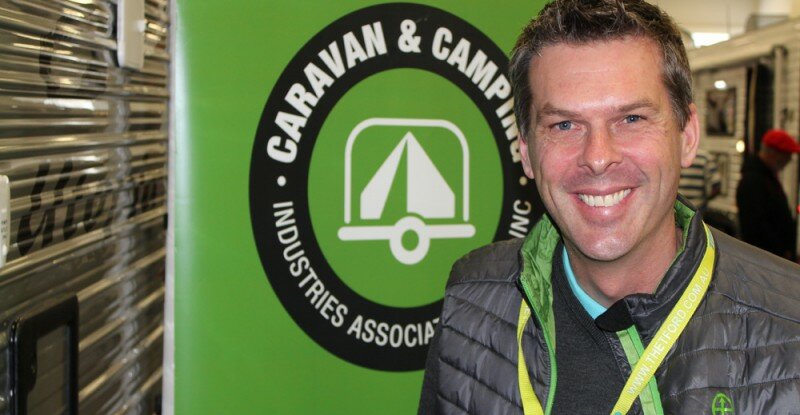Australian caravan buyers are increasingly looking for more compact luxury vans, according to dealers and industry analysts.
The shift away from much bigger vans is already having repercussions across the industry, with a second Victoria-based manufacturer collapsing in recent months.
Workers at the Campbellfield plant of Aussie Wide Caravans were made redundant in September. It follows the collapse of nearby Creative Caravans as reported in Issue Four of Time to Roam.
Receivers appointed to oversee the latest insolvency, Grant Thornton, say the industry is becoming more competitive while at the same time younger buyers are choosing smaller, less expensive caravans.
Stuart Livingstone, Chief Executive Officer of the SA Caravan and Camping Industries Association says the latest industry analysis shows Gen Y buyers, the kids of baby boomers, are now following in the footsteps of their parents and entering the market in a big way.
“This age group is projected to increase by more than half a million people by 2021, driving a decade of major growth in caravanning and camping experiences in Australia,” Mr Livingstone said.
“Research indicates that affordability is a key issue in this cohort with increasing numbers seeking value for money holidays through camping, caravanning and caravan park cabin stays.”
The shift in buyer sentiment is already being felt at caravan dealerships. Stewart Cameron of Hinterland Caravans says the trend is now for vans below the 20 foot mark.
Following the collapse of Creative and Aussie Wide Caravans, Mr Cameron predicts further industry consolidation as manufacturers come to terms with tight margins.
“There are 105 caravan manufacturers within a five kilometre radius of Campbellfield and a lot of them are reasonably small family-run businesses.”
“I believe we will see more of them amalgamate in the years ahead and combine forces and this will be good for the industry.
It’s a view backed by industry analyst firm IBISWorld which is predicting moderate industry growth at the rate of 2.3 per cent over the next five years, generating $2.65 billion.
“Capital intensity is at a low level in the Trailer and Caravan Dealers industry in Australia, due to the high level of labour intensity. For every dollar invested in capital, $9.14 is spent on labour.
In other words, investment requirements for plants, machinery and equipment are low in the industry.
“Higher consumer sentiment and disposable incomes will benefit the industry over the next five years,” it says.
“The ageing population will also result in greater customer numbers as more people enter the main consumer demographic (those aged over 50).”
Caravan Nation – Key facts
• Australia’s caravan and RV manufacturing industry has enjoyed a record run, producing more than 60,000 units over the past three years
• Traditional caravans account for almost 55 per cent of the market, pop-tops 24 per cent, camper trailers 14 per cent and motor homes represent around five per cent
• Over nine million people participated in caravanning and camping experiences in Australia in
2012, representing 13 per cent of the total domestic tourism market.
(Source: CCIA SA)
3,179 total views, 23 views today





